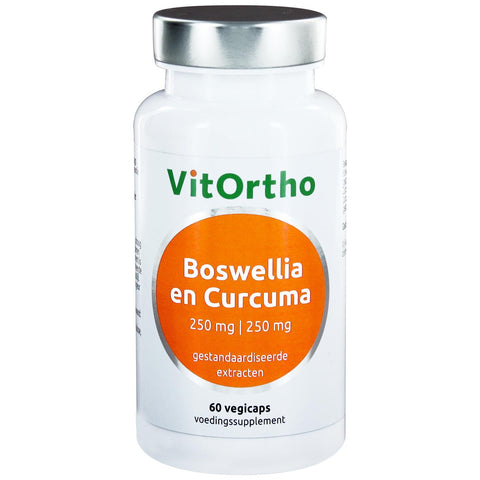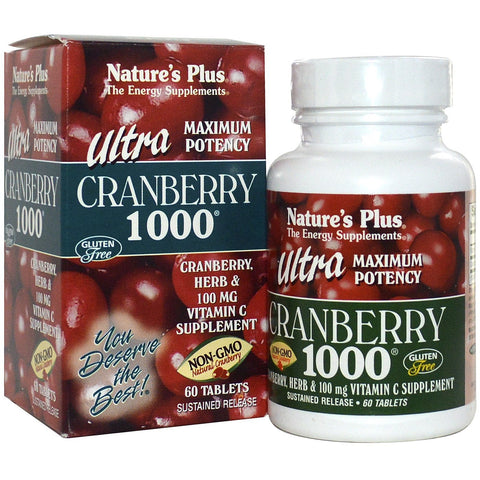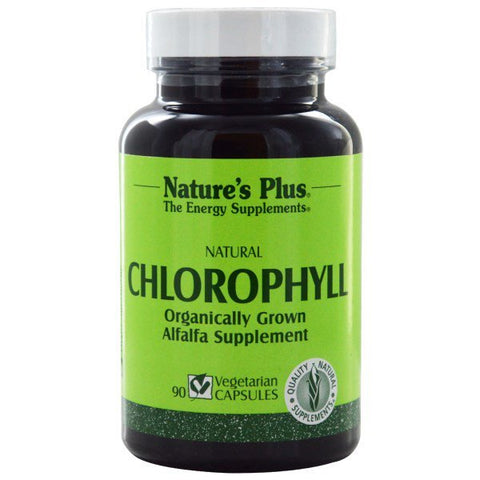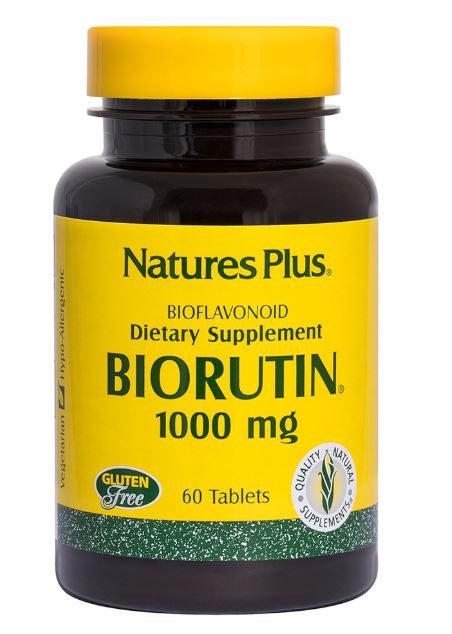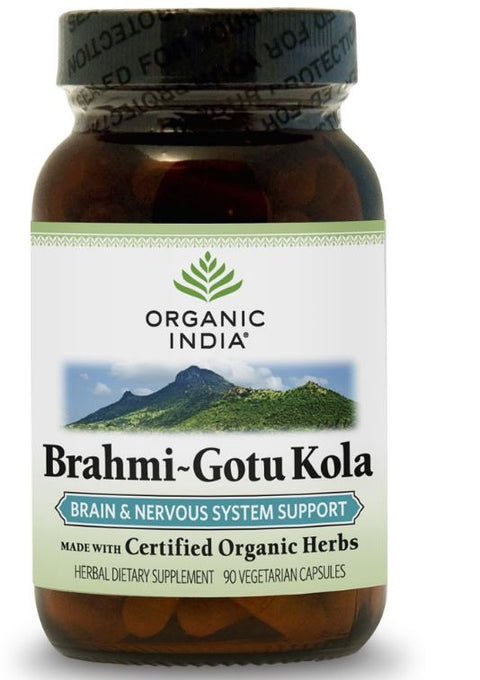22 products
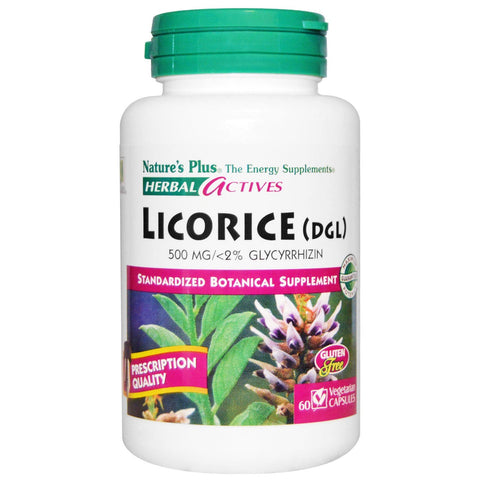

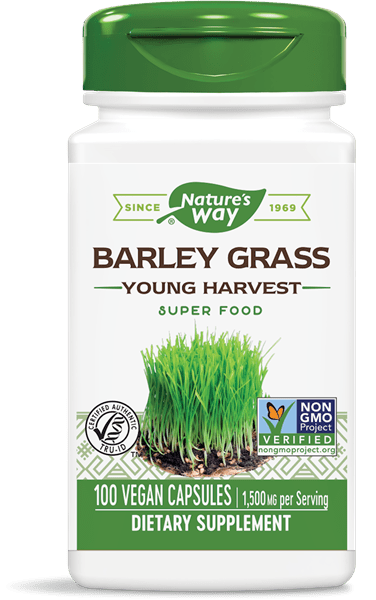



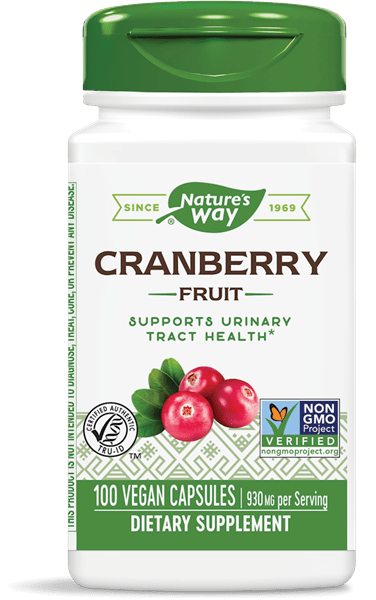

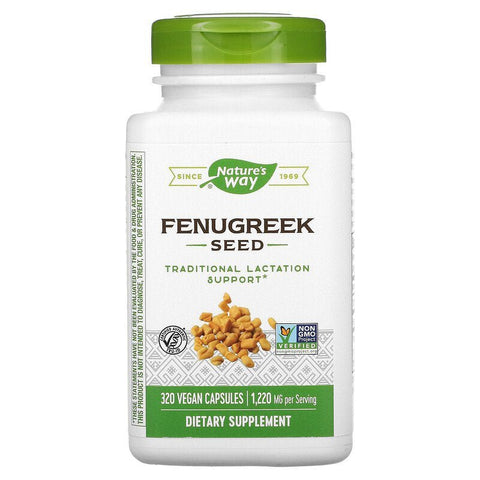

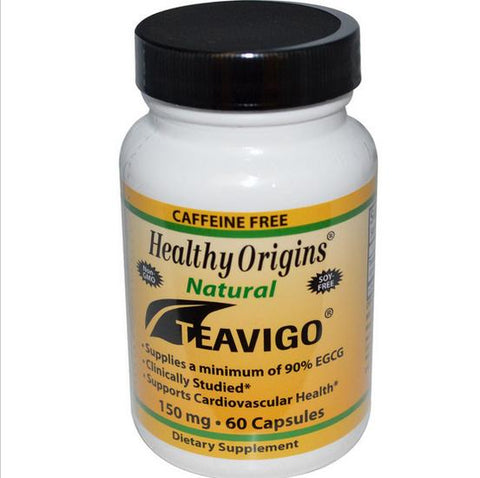

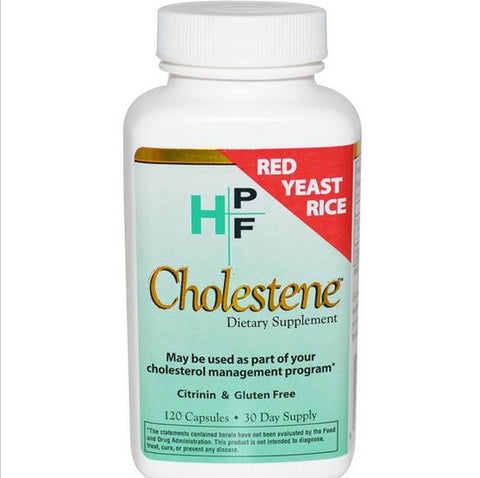

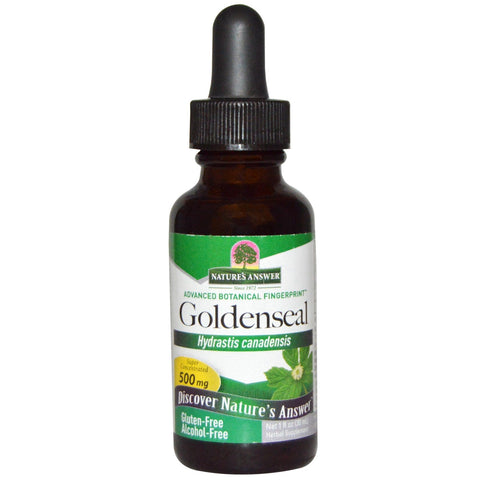

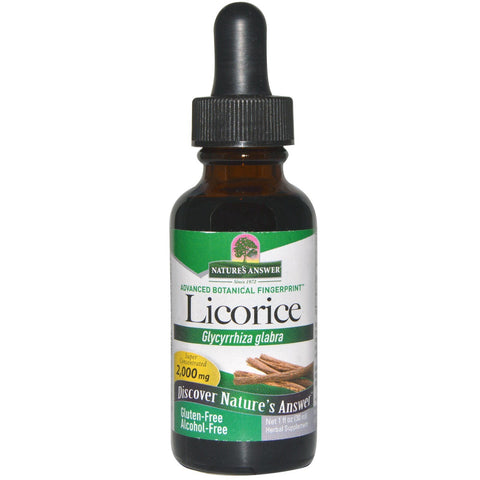

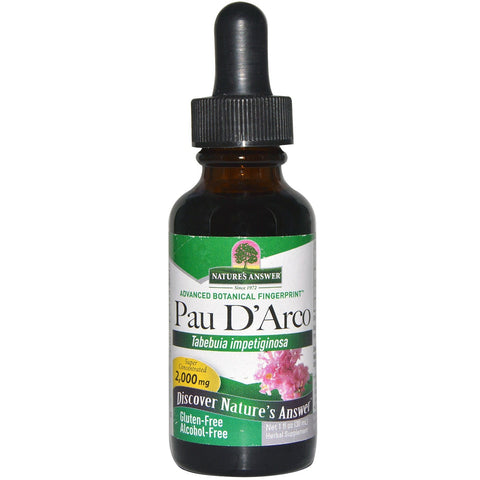

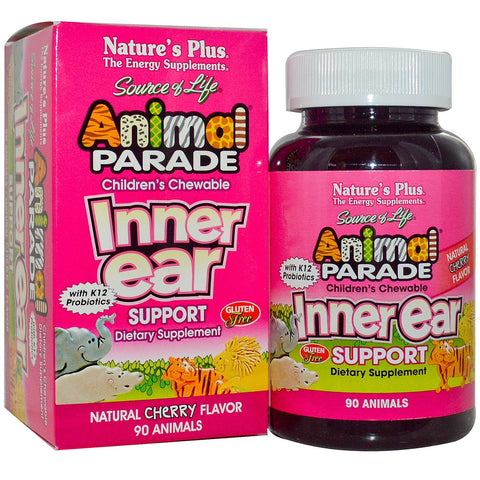





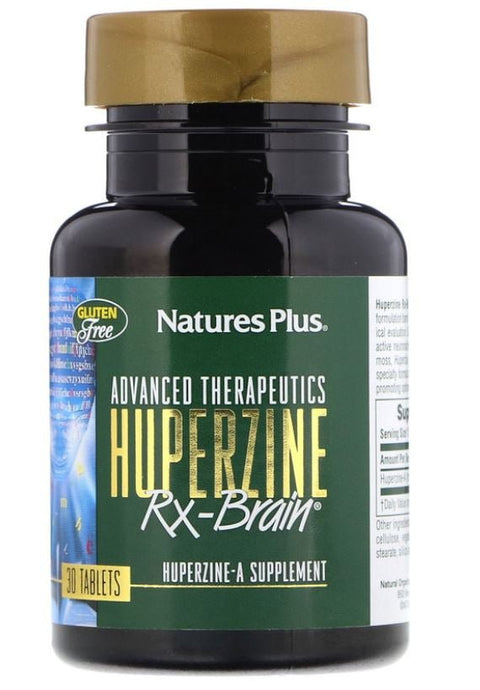

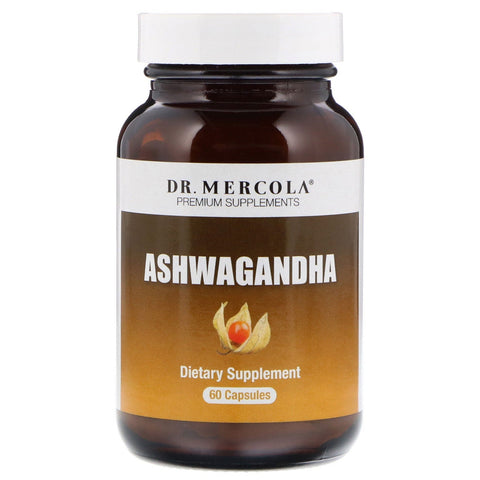
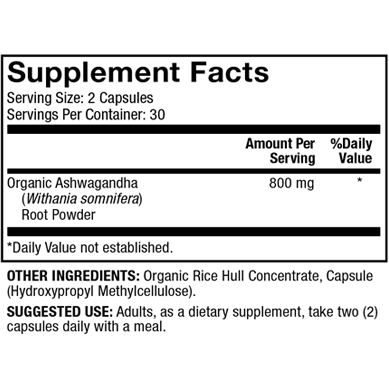
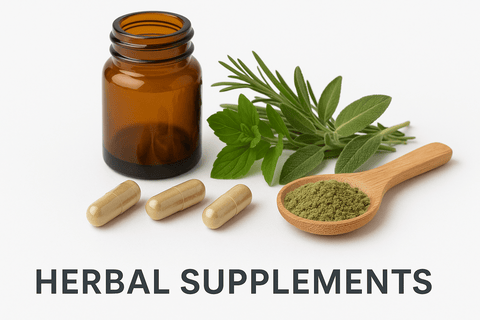
Herbal Supplements: A Comprehensive Guide to Traditional Botanicals
🌿 Herbal Supplements: A Comprehensive Guide to Traditional Botanicals
📚 Table of Contents
-
Introduction
-
What Are Herbal Supplements?
-
A Historical Perspective
-
Forms of Herbal Supplements
-
Traditional Use Around the World
-
Popular Herbs in Europe
-
Asian and Ayurvedic Botanicals
-
Herbal Traditions in the Americas
-
Indigenous and African Herbal Knowledge
-
The Role of Herbalists
-
Modern Sourcing and Manufacturing
-
Quality, Purity, and Standardization
-
Understanding Botanical Labels
-
Regulatory Framework in the EU
-
How to Choose Herbal Products
-
Combining Herbs with Modern Diets
-
Cultural Importance and Modern Lifestyles
-
Myths and Misconceptions
-
Potential Risks and Interactions
-
Frequently Asked Questions (SEO-optimized)
-
Conclusion
1. 🌱 Introduction
Herbal supplements have been used for centuries as part of traditional systems of health. They are derived from plant materials, including leaves, roots, bark, flowers, and seeds, and are often consumed in the form of capsules, teas, powders, tinctures, or extracts.
While modern regulation limits the ability to make health claims, herbal supplements continue to be appreciated for their connection to traditional knowledge, cultural heritage, and holistic lifestyles.
2. 🌿 What Are Herbal Supplements?
Herbal supplements are products made from botanical raw materials, prepared in various forms to complement diets or personal care routines. They are not medicines, but may be included in wellness practices.
These products can contain one herb (single-ingredient) or several herbs blended together (formulas).
3. 📜 A Historical Perspective
Plants have played a central role in human wellness across all civilizations:
-
Ancient Egypt: Papyrus scrolls describe over 700 plant-based remedies.
-
Greece & Rome: Hippocrates and Dioscorides documented hundreds of botanical entries.
-
China: Herbal traditions date back over 3,000 years through texts like Shennong Bencao Jing.
-
India: Ayurveda describes herbs like ashwagandha and tulsi in ancient Sanskrit texts.
-
Indigenous cultures: Many First Nations and African tribes possess rich oral traditions of plant use.
4. 🌸 Forms of Herbal Supplements
Herbs are processed and sold in many forms:
| Form | Description |
|---|---|
| Teas | Steeped dried herbs; commonly used for relaxation or refreshment |
| Capsules | Ground or extracted herbs in vegetable gelatin casings |
| Tinctures | Liquid extracts made with alcohol or glycerin |
| Powders | Fine dried herb; mixed with smoothies, food, or water |
| Topicals | Used in balms, salves, or creams |
| Essential oils | Concentrated aromatic extracts (non-ingestible in supplement form) |
5. 🌏 Traditional Use Around the World
Nearly every culture has developed its own system of botanical knowledge:
-
Traditional Chinese Medicine (TCM): Incorporates herbs like ginseng, astragalus, and schisandra
-
Ayurveda: Focuses on balance of mind and body using herbs like ashwagandha, triphala, and turmeric
-
Native American traditions: Use goldenrod, yarrow, sage, and echinacea
-
European folk medicine: Highlights chamomile, elderflower, nettle, and milk thistle
6. 🍵 Popular Herbs in Europe
Some of the most widely used herbs in Europe include:
-
Chamomile (Matricaria chamomilla)
-
Nettle (Urtica dioica)
-
Elderflower (Sambucus nigra)
-
Valerian root (Valeriana officinalis)
-
St. John’s Wort (Hypericum perforatum)
-
Lemon balm (Melissa officinalis)
-
Hawthorn (Crataegus spp.)
Each of these plants is deeply embedded in European folk traditions and continues to be sold in pharmacies and health stores.
7. 🧘 Asian and Ayurvedic Botanicals
Commonly used herbs from Asia and India:
-
Ashwagandha (Withania somnifera)
-
Holy Basil / Tulsi (Ocimum sanctum)
-
Gotu Kola (Centella asiatica)
-
Ginger (Zingiber officinale)
-
Turmeric (Curcuma longa)
-
Ginseng (Panax ginseng, Panax notoginseng)
-
Schisandra (Schisandra chinensis)
These are often used as adaptogens or balancing tonics in their respective traditions.
8. 🌎 Herbal Traditions in the Americas
Herbs commonly found in South and North America:
-
Echinacea (Echinacea purpurea)
-
Cat’s Claw (Uncaria tomentosa)
-
Yerba mate (Ilex paraguariensis)
-
Passionflower (Passiflora incarnata)
-
Pau d'Arco (Tabebuia avellanedae)
Used in indigenous and colonial-era remedies, many of these herbs are now internationally distributed.
9. 🌍 Indigenous and African Herbal Knowledge
Africa is home to a diverse array of medicinal flora:
-
Devil’s Claw (Harpagophytum procumbens)
-
Baobab (Adansonia digitata)
-
African Potato (Hypoxis hemerocallidea)
-
Hoodia (Hoodia gordonii)
These are used in traditional African medicine (TAM), passed down via oral history and spiritual practice.
10. 🌿 The Role of Herbalists
Throughout history, herbalists, shamans, midwives, and healers played a key role in preserving and applying botanical knowledge. Today, some practitioners hold certifications or diplomas in herbal medicine, often blending traditional use with modern wellness education.
11. 🏭 Modern Sourcing and Manufacturing
Most herbal products are produced through:
-
Harvesting (wild or cultivated)
-
Drying and milling
-
Extraction using alcohol, water, or solvents
-
Encapsulation or powdering
-
Standardization for consistency
Top brands follow Good Manufacturing Practices (GMP) and often include third-party testing for identity and purity.
12. 🔬 Quality, Purity, and Standardization
Important markers of quality:
-
Botanical source confirmation (Latin name)
-
No fillers or artificial colors
-
No heavy metal or pesticide residues
-
Certificate of Analysis (CoA) available upon request
-
Sustainably harvested or organically grown ingredients
13. 🧾 Understanding Botanical Labels
A good herbal product label typically includes:
-
Botanical name and part used (e.g., Curcuma longa – root)
-
Amount per serving
-
Type of preparation (extract, powder, etc.)
-
Suggested use instructions
-
Cautionary notes or allergen info
14. 🛡 Regulatory Framework in the EU
In the European Union:
-
Herbal supplements are considered food supplements, not medicines.
-
No health claims can be made unless specifically authorized by EFSA.
-
Some traditional use products may be registered under the Traditional Herbal Medicinal Products Directive (THMPD).
-
Supplements must meet labeling, safety, and compositional standards set out by EU food laws.
15. 🛍 How to Choose Herbal Products
Tips for selecting quality herbal supplements:
-
Choose reputable brands with transparent sourcing
-
Prefer certified organic or wild-crafted herbs
-
Avoid vague blends with undisclosed ingredients
-
Look for lot numbers and expiration dates
-
Read independent reviews and retailer information
16. 🍽 Combining Herbs with Modern Diets
Herbs can complement various lifestyles:
-
Add maca powder or spirulina to smoothies
-
Brew herbal teas for daily hydration
-
Take capsules for travel convenience
-
Use tinctures for fast absorption
-
Choose herbal blends tailored to seasonal transitions
17. 🧘 Cultural Importance and Modern Lifestyles
Herbs offer more than nutrients—they embody stories, traditions, and ancestral wisdom. Whether part of a ritual, seasonal cleansing, or daily routine, herbalism connects people to nature, culture, and community.
18. ❌ Myths and Misconceptions
-
“Herbal = always safe” — Not true; many herbs can interact with drugs or have side effects
-
“More is better” — Higher doses don’t mean greater benefits; follow label instructions
-
“Natural = no side effects” — Always monitor how your body responds
-
“All herbs are the same” — Quality and origin matter
19. ⚠️ Potential Risks and Interactions
Even natural products can pose risks:
-
Some herbs may interact with medications (e.g., St. John’s Wort)
-
Pregnant or breastfeeding individuals should be cautious
-
Allergic reactions can occur
-
Always read warnings on packaging
-
Consult a professional before combining multiple supplements
20. ❓ Frequently Asked Questions
Q1: What are herbal supplements used for?
They are used as part of traditional wellness practices and modern routines. No medical claims are made.
Q2: Are herbal supplements regulated in the EU?
Yes. They are classified as food supplements and must meet EU safety and labeling standards.
Q3: Can herbal supplements be taken daily?
It depends on the herb, dosage, and your health profile. Follow manufacturer guidelines.
Q4: Are herbal products safe?
Generally, yes when used appropriately. However, always monitor for side effects or interactions.
Q5: What’s the difference between herbs and vitamins?
Herbs are plant-based; vitamins are specific organic compounds. They serve different roles and are often complementary.
21. ✅ Conclusion
Herbal supplements offer a deep connection to the plant kingdom, traditional practices, and global culture. While no EFSA-approved health claims are permitted for herbs, they remain valuable for those interested in holistic living, ancestral knowledge, and plant-based traditions.
If you use herbal products, do so responsibly—choose quality sources, learn about their history, and consider guidance from knowledgeable practitioners.

